
Today, I'd love to introduce umeboshi, which are pickled Japanese apricots with you. Since ume contain citric acid, they are considered a healthy food. The citric acid relieves fatigue, restores appetite, and has other benefits as well. Summer in Japan is extremely harsh, and this summer the temperature finally recorded around 42 ℃. Some people feel exhausted from the heat, while others lose their appetite. To stay strong, I've kept working out, so I don't feel tiredness, but I sometimes lose my appetite. Since we have to survive under such circumstance, Japanese people believe that umeboshi are useful. I make it every year without akashiso (a type of Japanese herb) because I prefer the simple version.
Making umeboshi is very easy. All you need is the Japanese apricot, ume, and salt. That's it.
First, you wash the ume with alcohol into a plastic bag.

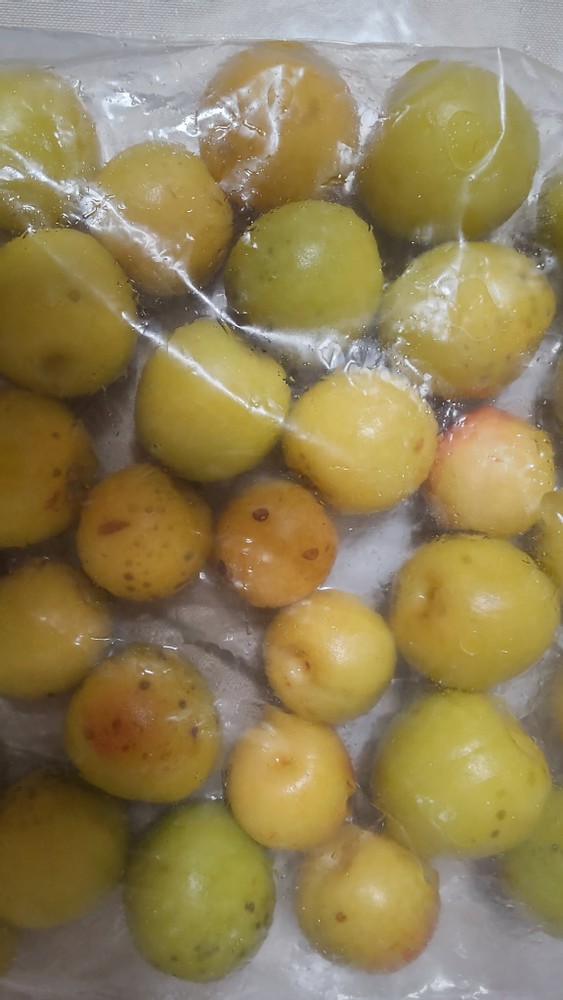
Then, you add salt equal to 20% of the ume's weight and leave them at room temperature around for a month.
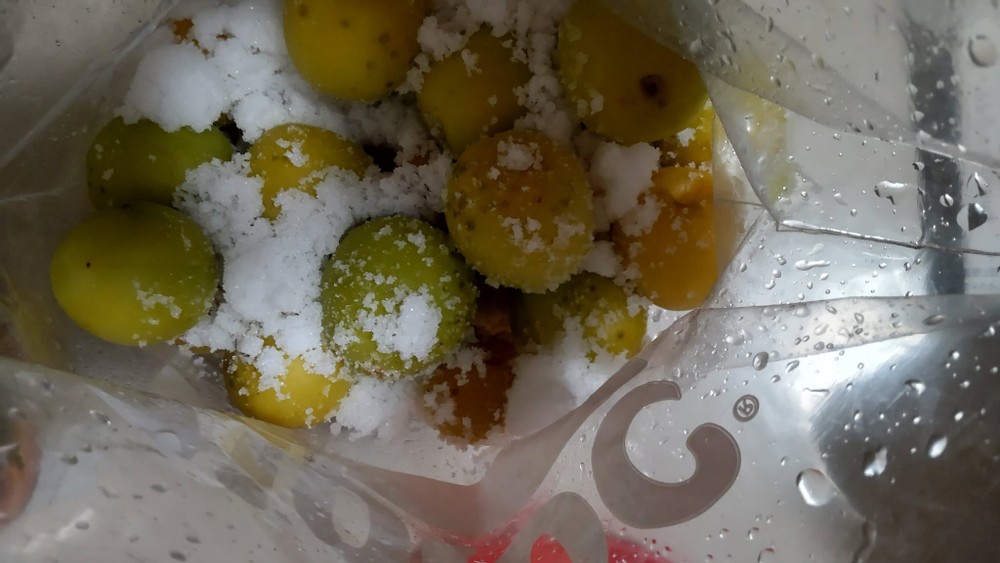
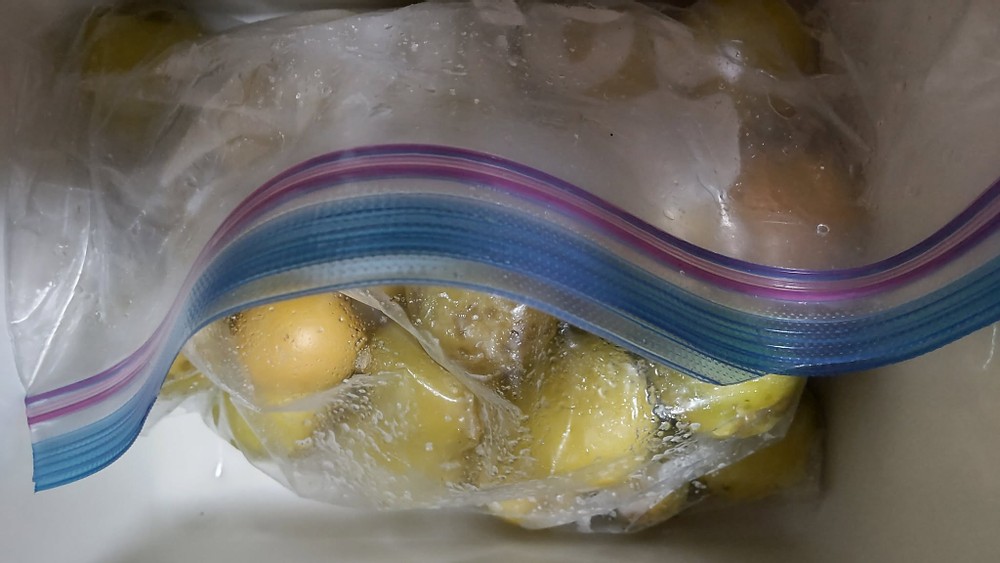
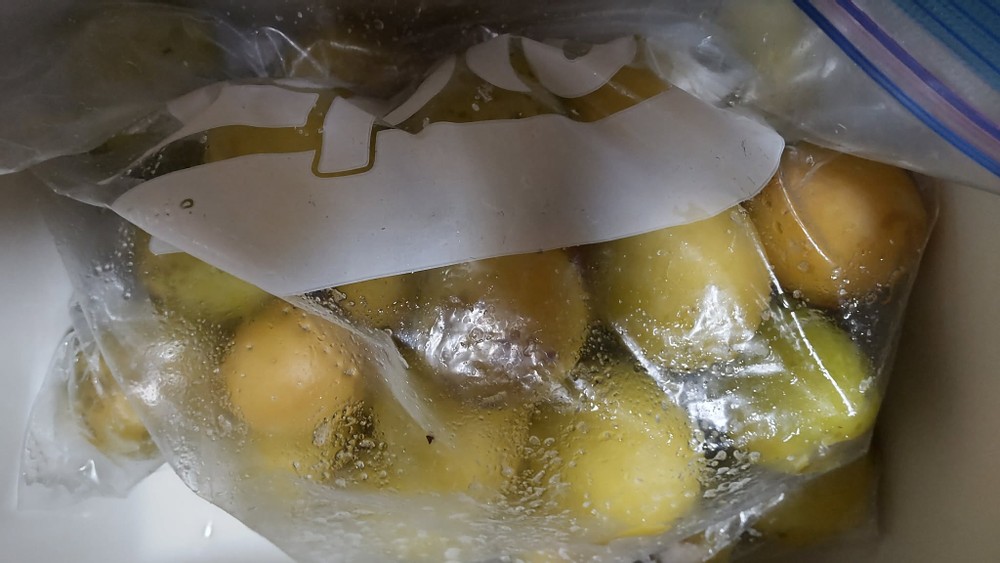
The picture below shows the ume after a month.
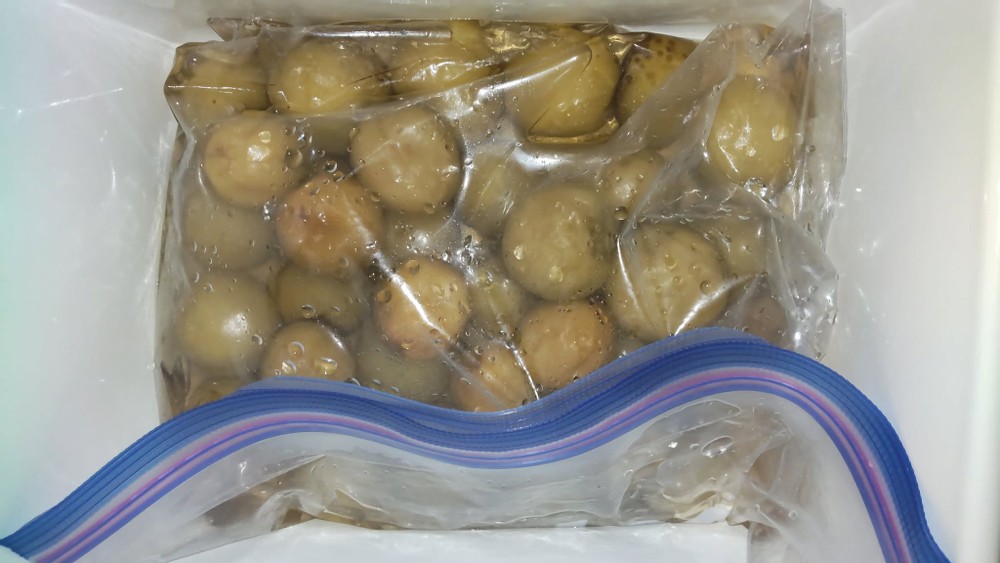
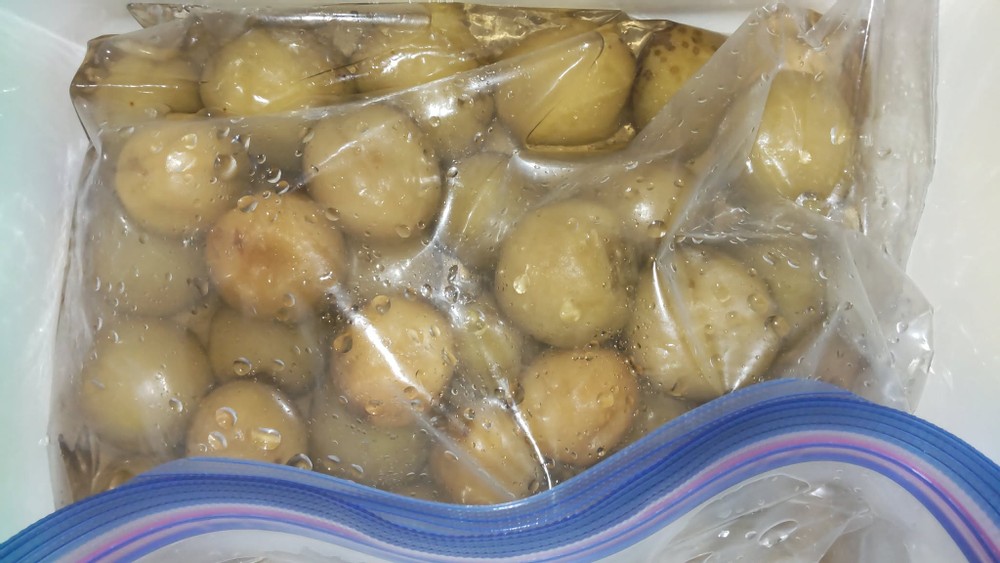
When I opened the zip-lock bag, a strong and unique aroma spread immediately. The hard apricots looked soften.
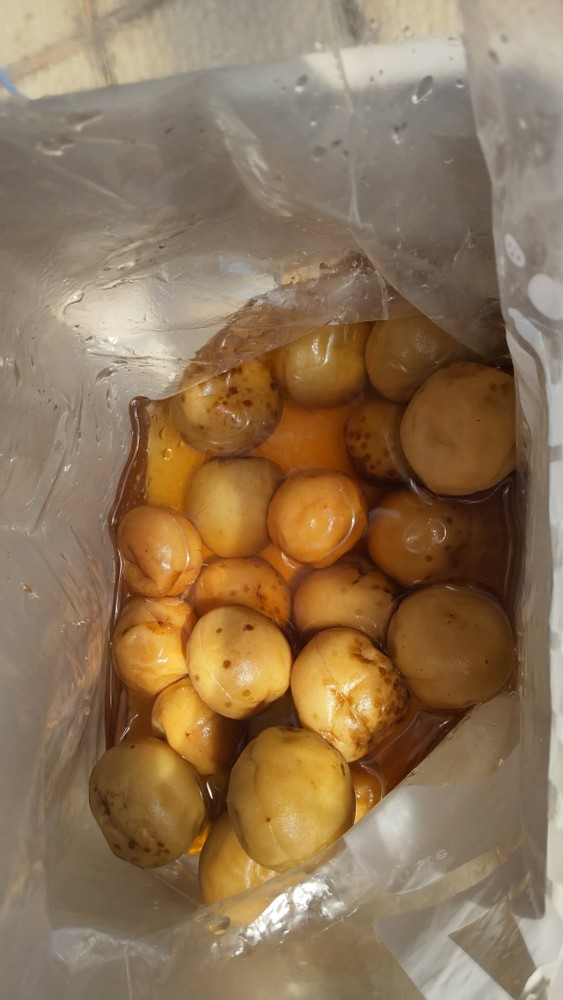
I removed and placed them on a bamboo basket to dry them. This year I didn't need to conciser the timing because the rainy season finished so quickly. I normally choose the best three sunny days to dry them.
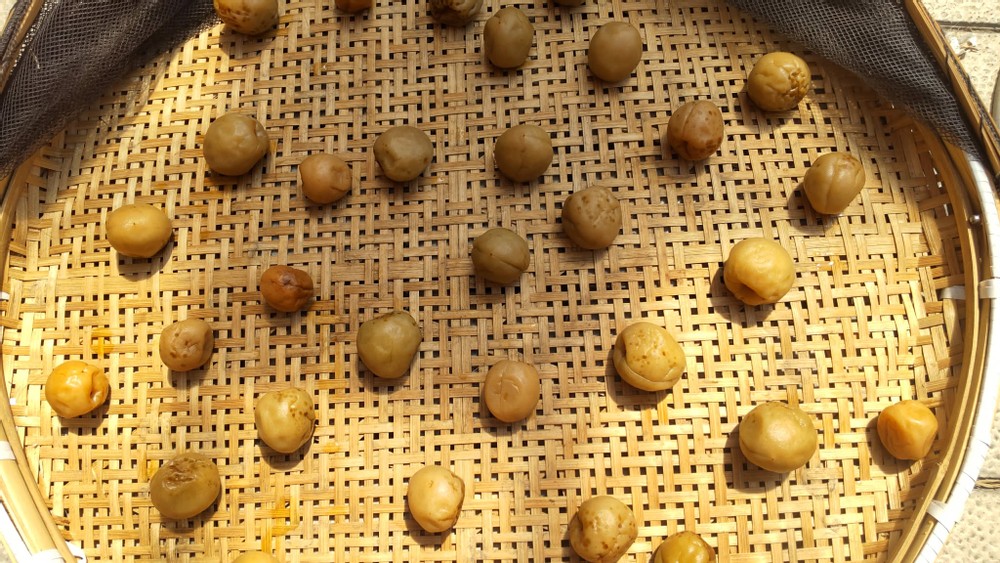
The liquid left in the bag is also useful, so don't throw it away.
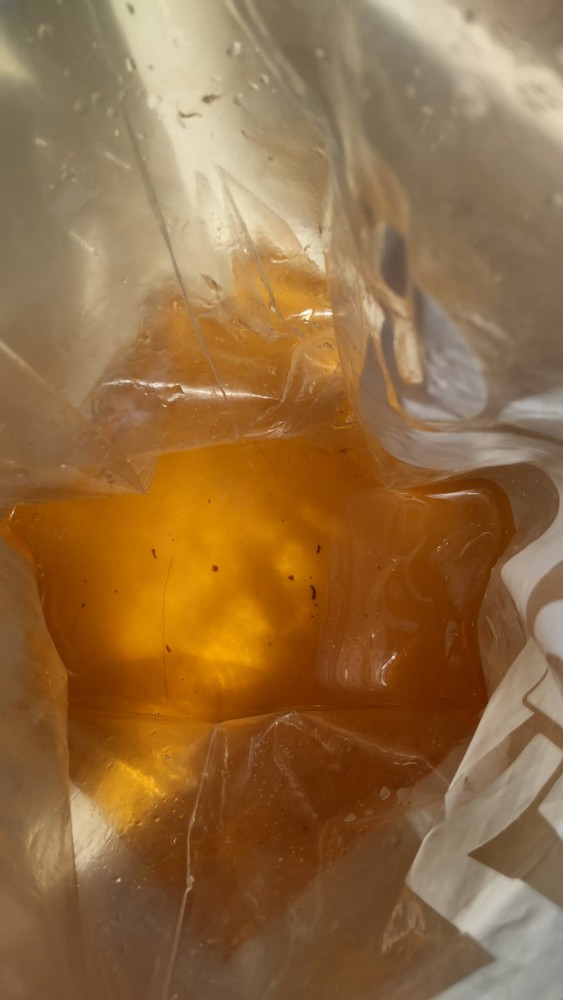
It's called 梅酢 ( umezu, Japanese plum vinegar) and I use it to drink with honey and sparking water. I also use it in cooking.
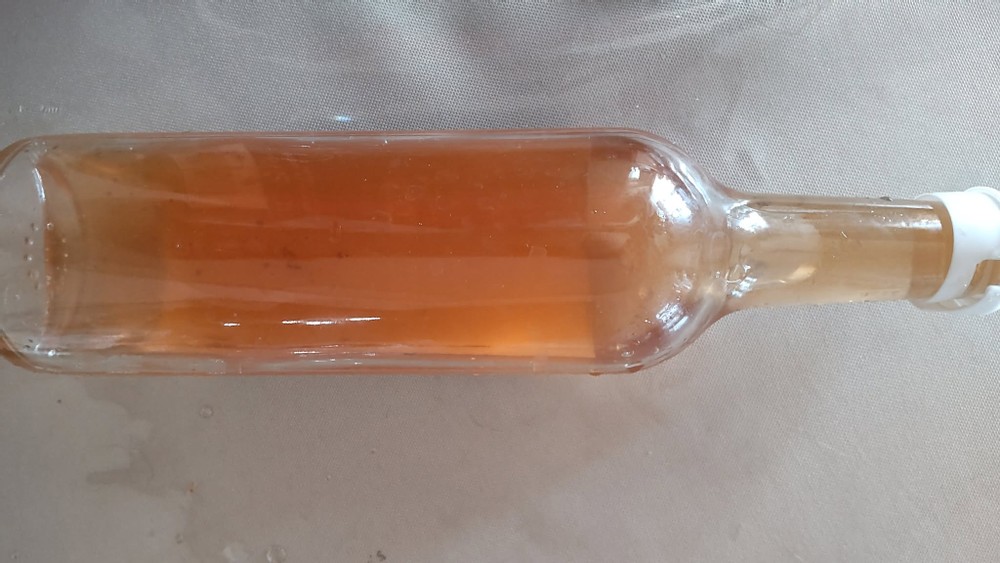
The picture below shows the umeboshi on the third day of drying. They look nearly perfect.
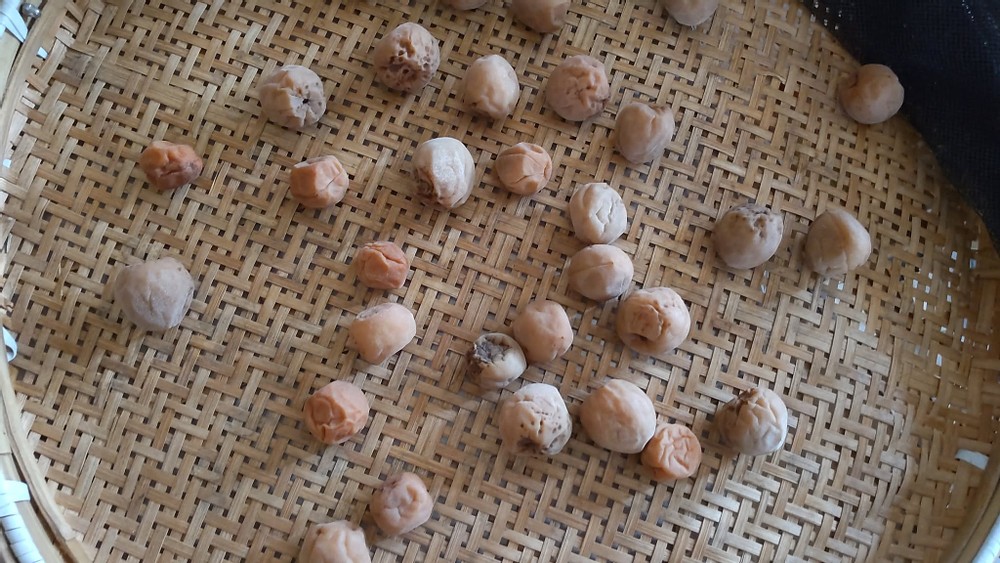
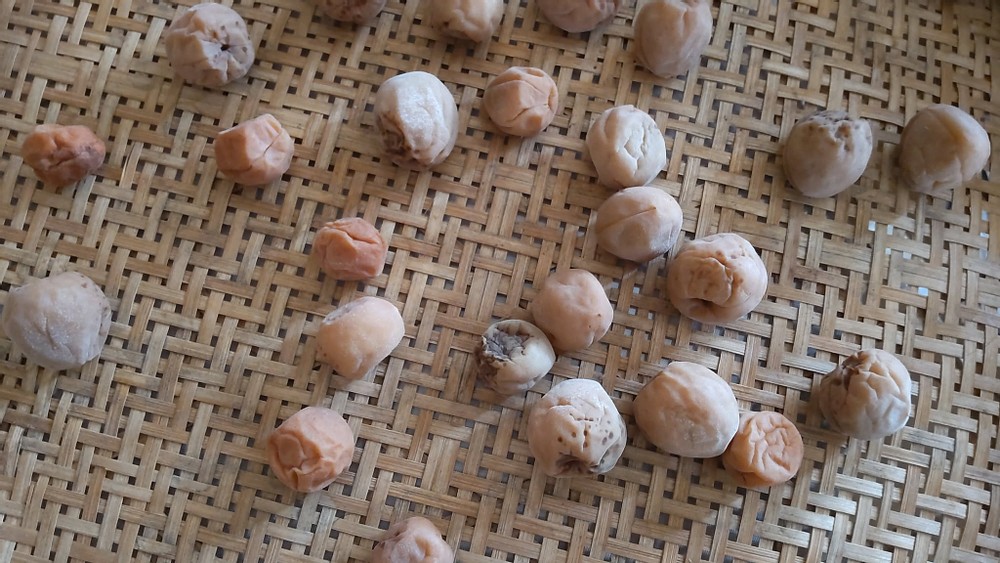
Umeboshi taste very tart and salty, so I don't eat them plain. I rater like using them in cooking. I'll write about another way to use it, but the picture below shows one of my favorites. I made cold udon with umeboshi, and it's a perfect dish when I lose my appetite.
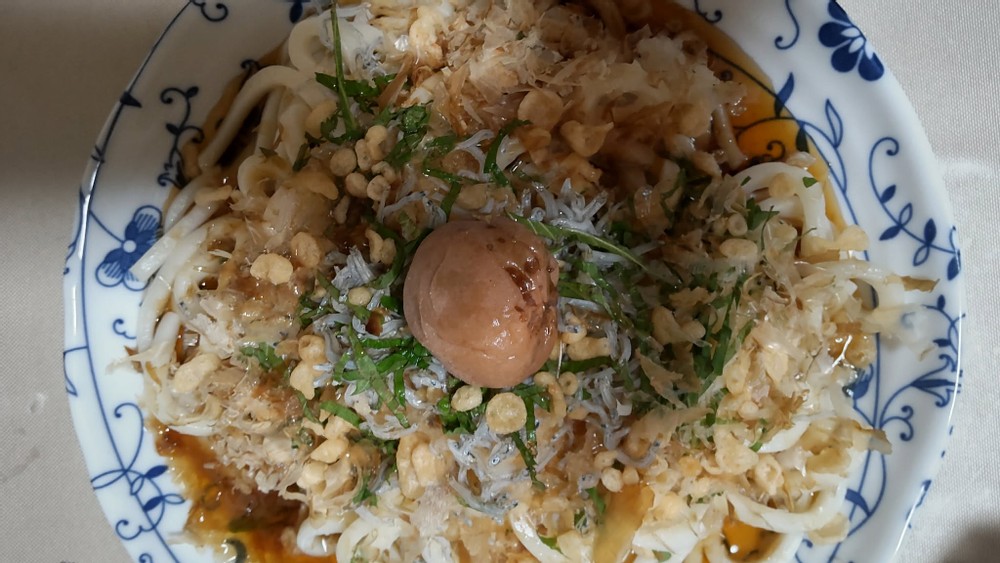
(4981)
My wife in Shizuoka makes ume-shu each spring. It is yummy!
Me too! I make ume-shu every year in June as well.